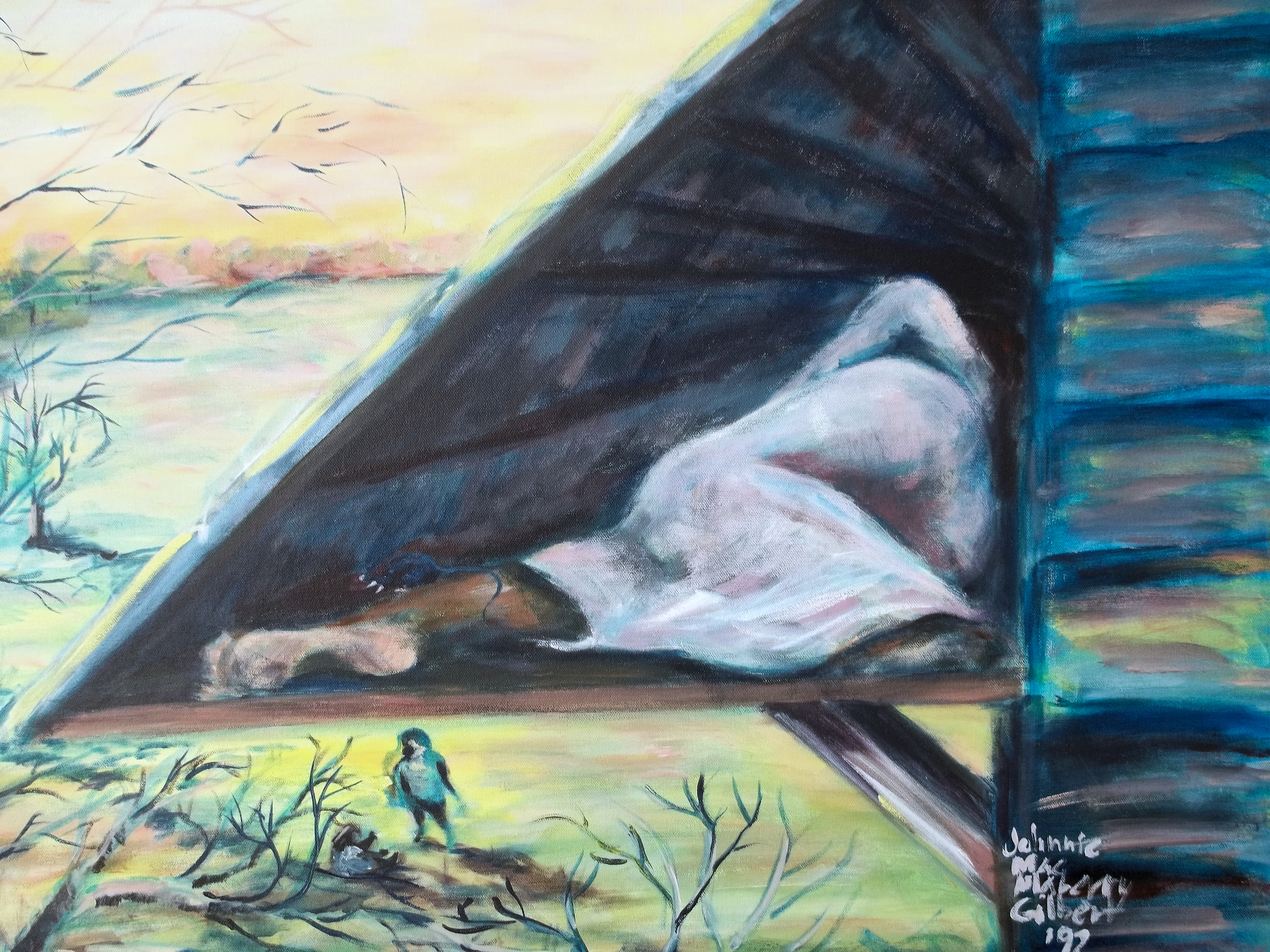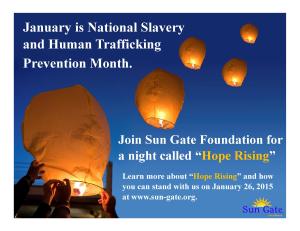
On July 25-26, 2018, the National Task Force Against Trafficking in Persons (NATFATIP) hosted the first form of its kind to be convened in the Caribbean – “The Hard Road to Recovery: From Victim to Survivor”. The inaugural international conference was held at the Melia Braco Village Hotel in Trelawny, Jamaica.
The main objectives of the conference were to:
- Increase public awareness to discourage these activities and to warn those who are unaware.
- Train officials throughout the public and private sectors on identifying victims of trafficking.
- Build capacities through legislation and institutional strengthening.
“The opening ceremony included the sashing of the island’s first-ever Human Trafficking Ambassadors, Miss Jamaica World 2017, Solange Sinclair, and Founder of The Sun Gate Foundation and human trafficking survivor, Shamere McKenzie, who also delivered the keynote address.”
“There can be no more powerful voice than that of a person who has survived and who has recovered to speak to the challenges faced by victims of trafficking on their journey to recovery from the pain and trauma they have experienced. She is one of two ambassadors who have agreed to lend their public image and voice to Jamaica’s national effort to fight against human trafficking.” Carol Palmer, Permanent Secretary, Ministry of Justice.
“It is such an honor to serve my country in this capacity. Over the years I have been making strides in the US to combat the issue of human trafficking but deep down I wanted to be involved in my birth country. I have laced up my boot strings, put on my boxing gloves and is ready to join efforts with the NATFATIP and others in Jamaica fighting trafficking.” Shamere McKenzie
Other speakers and presenters include:
- Hon. Dr. Horace Chang, MP – Minister of National Security
- Mrs. Carol Palmer, CD, JP, – Chair, NATFATIP
- Her Excellency Ms. Magorzata Wasilewska – Head of the European Union Delegation to Jamaica
- Her Excellency Ms. Laurie Peters – Canadian High Commissioner to Jamaica
- Mr. Mark Seibel – Deputy Chief of Mission, United States Embassy
- Speakers from Romania, New York, Interpol and others

Left to right: CEO of Sun Gate Foundation, Shamere McKenzie; Ms Jamaica World 2017,, Solange Sinclair; Permanent Secretary to the Ministry of Justice and Chair of NATFATIP, Carol Palmer

















Social Media